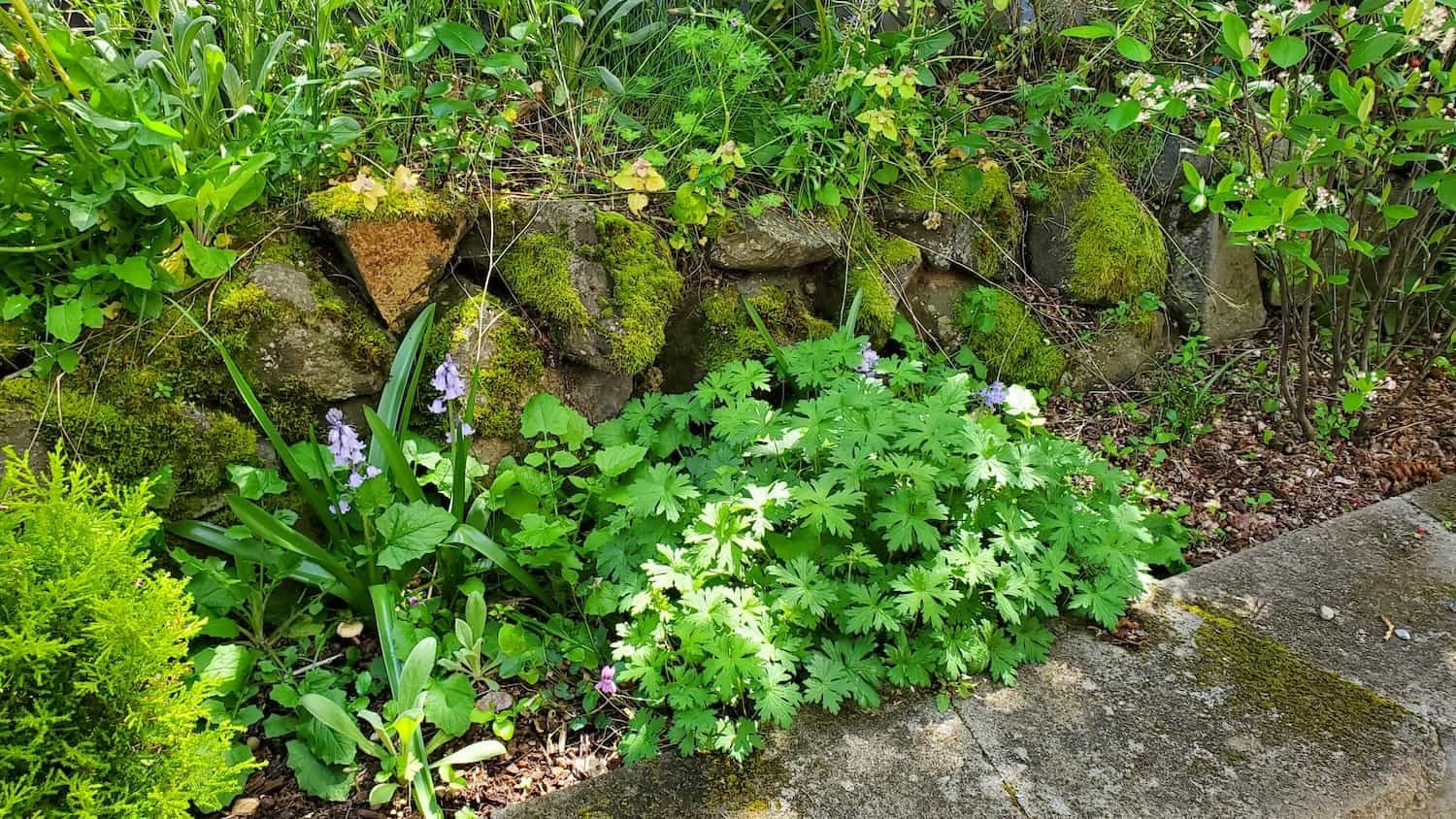West Seattle Apple Tree Pruning
Homeowner’s Issue
West Seattle yards face a specific set of challenges: high winter rainfall, compacted glacial soils, moss on shaded trunks, and wind exposure along the bluff toward Alki. Many properties sit on slopes or have microclimates—sunny southern exposures near the Junction, deeply shaded pockets under conifers, and salt-spray risk on exposed sites. That mix produces vigorous, spindly shoots, fungal pressure after wet winters, and heavy weed/moss competition in spring. Homeowners here see overloaded crotches and branches rubbing against roofs or power lines more often than in dryer inland neighborhoods.
HOAs and neighbors in Admiral, Morgan Junction, and near Lincoln Park expect tidy, safe trees; overgrown apple trees hurt curb appeal and create safety liabilities. Proper pruning timed for late winter/early spring reduces disease entry points, opens the canopy for light and air, and makes harvesting safer on steep driveways. Because Seattle’s water use can be limited in summer, we focus on practices that improve soil structure and moisture retention—mulch, compost, and targeted watering—rather than reliance on inputs that demand frequent irrigation. Our approach is tailored to West Seattle’s rain patterns, slopes, and neighborhood aesthetics so your apple tree is healthy, productive, and low-maintenance.
Our Quality Service
We prune to improve tree health, fruiting, and safety using hand tools, loppers, pruning saws, and pole tools for higher limbs. Every job starts with a site assessment for soil, slope, drainage, and sun exposure. Small standard trees are typically done in 1–3 hours; larger or multi-stem trees can take half to a full day. We avoid herbicides and synthetic sprays—only organic amendments and mechanical methods.
Local insight we apply: prune late winter to limit fungal infection from wet seasons, thin interiors to reduce moss buildup in shaded yards, and shape scaffolds to withstand West Seattle winds. Benefits include reduced limb-fall risk, better fruit quality, easier harvests, improved curb appeal, and lower ongoing maintenance.
What’s Included
- Onsite assessment and pruning plan
- Removal of dead, broken, or crossing branches
- Canopy thinning to increase light and air penetration
- Height and scaffold management for safe harvests
- Full debris cleanup (pickup or on-site chipping)
Options / upgrades:
- Mulch + biodegradable fabric (to reduce weeds and conserve moisture)
- Organic soil amendment (compost topdress)
- Manual/organic weed control (no herbicides)
- Haul-away (truck load) vs. green‑bin / chipping on-site
- Seasonal follow-up visits for fruit thinning or twig cleanup
Before & After / Expectations
Expect noise from saws and some mess while branches are cut; crews stage large limb removal and clean thoroughly. For larger jobs we may need driveway or street access for trucks—please tell us about parking or gate restrictions. Pruning can temporarily reduce fruit load; most trees respond with stronger growth and better crops the following season.
West Seattle care tips:
- Water well in dry summer spells, mornings preferred, and apply mulch to retain moisture.
- Remove moss and ivy from trunks gently; they compete for moisture and hide pests.
- Anticipate increased weed growth after heavy rains—plan mulching in spring.
- Do not expect dramatic fruit increases the first season; structure-first pruning helps long-term yield.
FAQs
Q: When is the best time to prune apple trees here?
A: Late winter to early spring, before buds swell. That timing reduces disease risk given our wet winters.
Q: Will pruning reduce my harvest?
A: Short-term yields may dip, but proper thinning and shape increase fruit size and long-term productivity.
Q: Do you use herbicides or synthetic sprays?
A: No. We use sustainable, non-chemical methods only—manual weed control, mulches, and organic soil amendments.
Q: How long will the job take and what do you need for access?
A: Small trees 1–3 hours; large or multiple trees half to full day. We need a clear path to the tree and space for debris staging or truck access if you choose haul-away.
Call to Action
West Seattle homeowners: book a pruning visit tailored to your slope, exposure, and neighborhood look. We offer quick scheduling, free estimates, and practical advice for long-term, low-maintenance fruit trees. Email neatandtidyseattle@gmail.com for a photo-based estimate or to schedule an onsite assessment.










